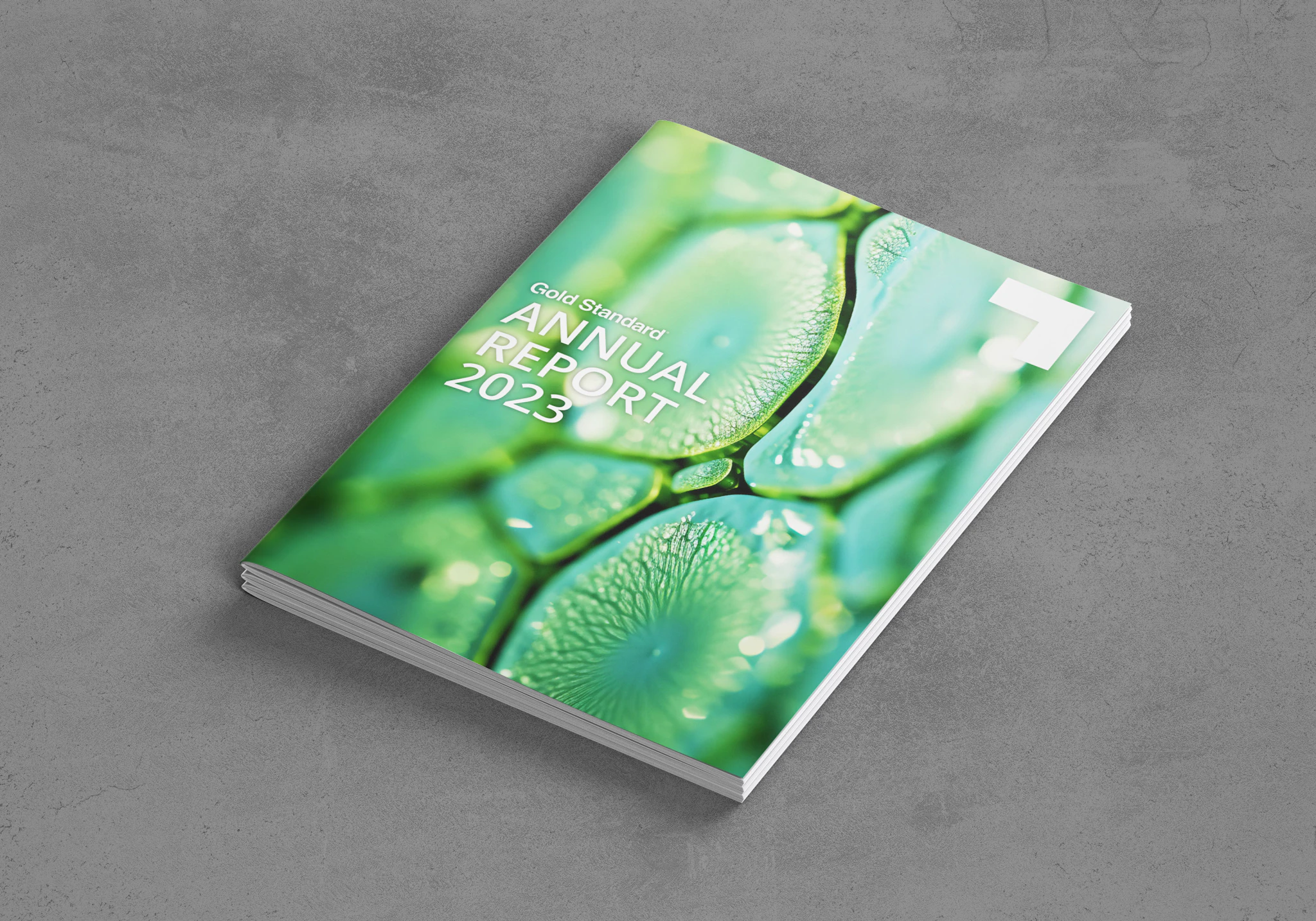News Room
FEATURED NEWS
Gold Standard Annual Report 2023
Navigating Corporate Responsibility
New SDG Impact Tool and Dashboard
Gold Standard Rice Sustainability Hub
Gold Standard is eligible for their Core Carbon Principles (CCPs)
All News & Publications
603 News
Order: desc
event webinar Project finance for carbon activities
webinar series Masterclass Series
webinar Project development under the Paris Agreement
webinar Development of carbon crediting markets – an overview
consultation Contrail prevention to reduce aviation’s non-CO2 climate impacts
webinar Leveraging Carbon Markets for Scaling Up Private Sector Investment in Pakistan
media release Gold Standard Drives Digital Transformation with Three New Digital Monitoring, Reporting and Verification Pilots
event GreenBiz 25
consultation Soil Organic Carbon (SOC) Model Requirements and Guidelines
webinar Blue Carbon and Freshwater Wetland Activities - a Deep Dive into Mangroves
webinar Ensuring Compliance with CORSIA Phase 1: Strategies for Managing Carbon Liabilities
event Technical Workshop
webinar series Implementing Article 6 webinar Series 2024
webinar Gold Standard Assurance Platform and Process Changes
webinar Improving the Accuracy of Remote Sensing for Tree Biomass
opinion Funding Nature: A Vital Business Investment
webinar Gold Standard Assurance Platform and Process Changes
consultation Remote Audit Requirements for Land-use and Forestry Activities
consultation Risks and Capacities Guidelines for Blue Carbon and Freshwater Wetlands Activities




















